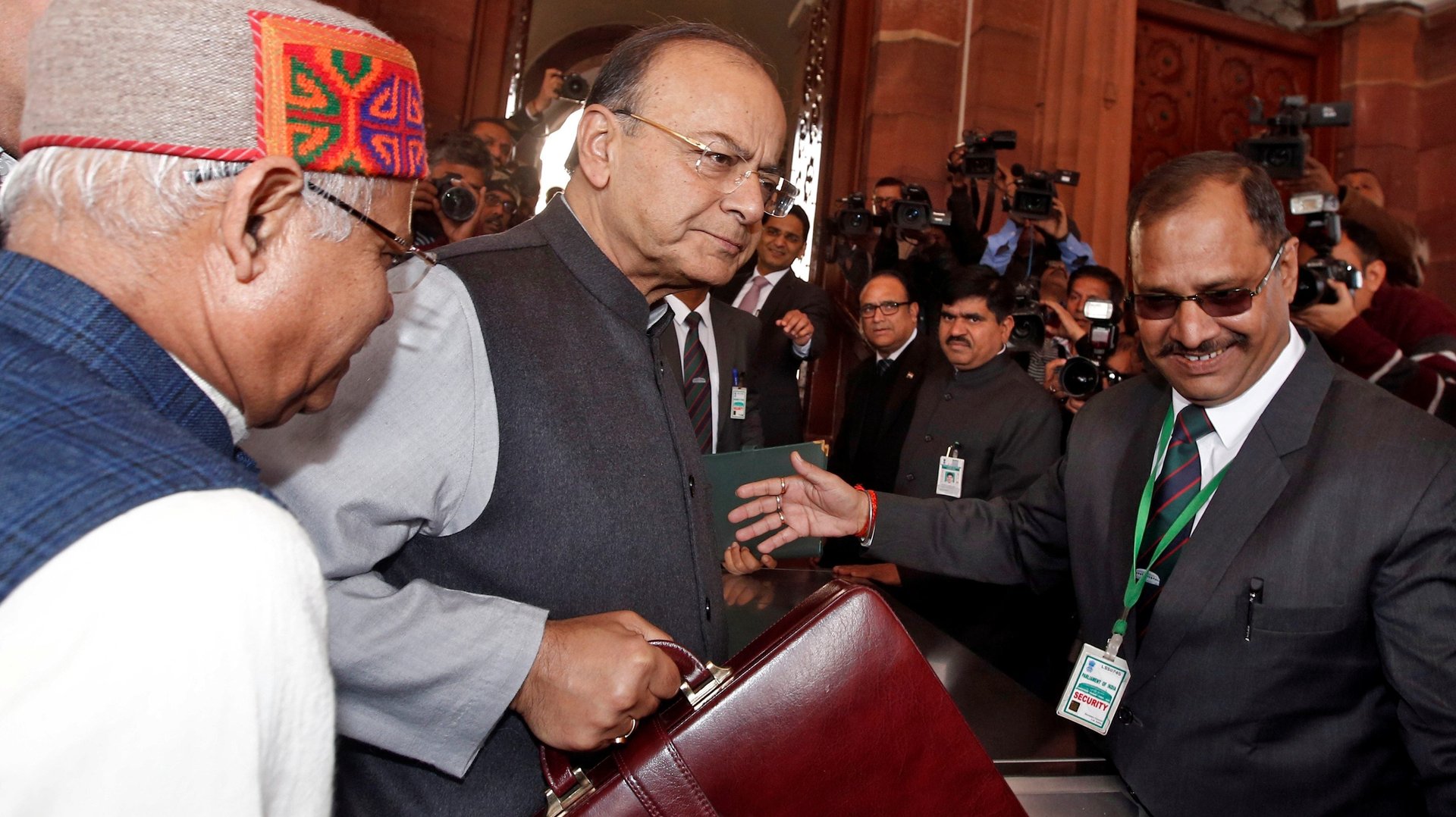Arun Jaitley’s budget could set India’s food prices on fire
Indians should brace for high food bills as finance minister Arun Jaitley’s budget on Feb. 01 has effectively paved the way for a sharp rise in prices of agricultural commodities.


Indians should brace for high food bills as finance minister Arun Jaitley’s budget on Feb. 01 has effectively paved the way for a sharp rise in prices of agricultural commodities.
Budget 2018 promised to hike the minimum support prices for farm products and to liberalise their export. ”The government is committed to ensure that farmers get at least 1.5 times their investment,” Jaitley said, presenting his budget on the floor of parliament. “India’s agricultural export potential is as high as $100 billion (Rs6.38 lakh crore) against the current $30 billion (Rs1.9 lakh crore). Exports of agricultural products will be liberalised.”
The Narendra Modi government’s move to help farmers out of a deepening farm crisis is going to push up prices of food and vegetables. Going into a national election in about a year, the government has lived up to the consensus expectation of a populist budget. The distress in the sector and stubborn unemployment were the two weakest points in the government’s scorecard for the last four years.
In particular, hiking the minimum support price—the price assured by the government to farmers—will have a direct impact on inflation. Meanwhile, boosting exports will shrink the supply within India, adding to the price rise.
Retail inflation in India is already on an uptrend due to the recent spike in crude oil prices, which India imports to meet about 80% of its needs.
“Inflation was all higher than expected, albeit not threateningly so, reflecting, in part, higher international oil prices—India’s historic macroeconomic vulnerability,” chief economic advisor Arvind Subramanian warned in the latest annual economic survey released on Jan. 29.
Overall retail inflation, as measured by the consumer price index (CPI), hit a 17-month high in December 2017, well above the Reserve Bank of India’s target of 4%. In this basket, food inflation is already at its highest since mid-2016.
If inflation crosses the central bank’s comfort level, a hike in interest rates may follow. This may compound the problems of the sluggish growth trend, subdued credit growth, and tepid private investment.
In 2016, Modi government had promised to double India’s farmers’ income by 2022. With a year to go for the election, that remains a very long shot. But as Jaitley steps on the gas to boost farm incomes, the price is for everyone else to pay.